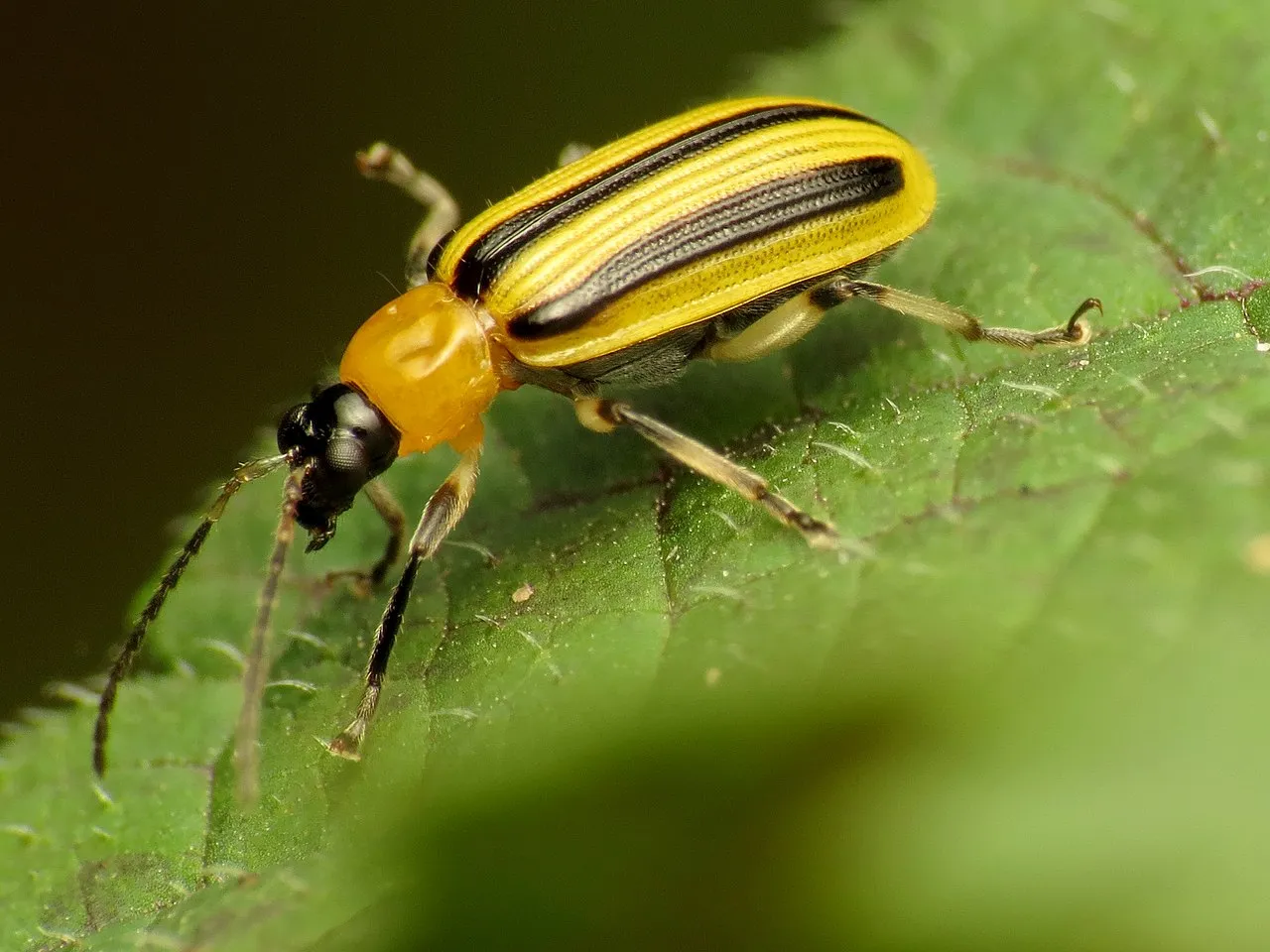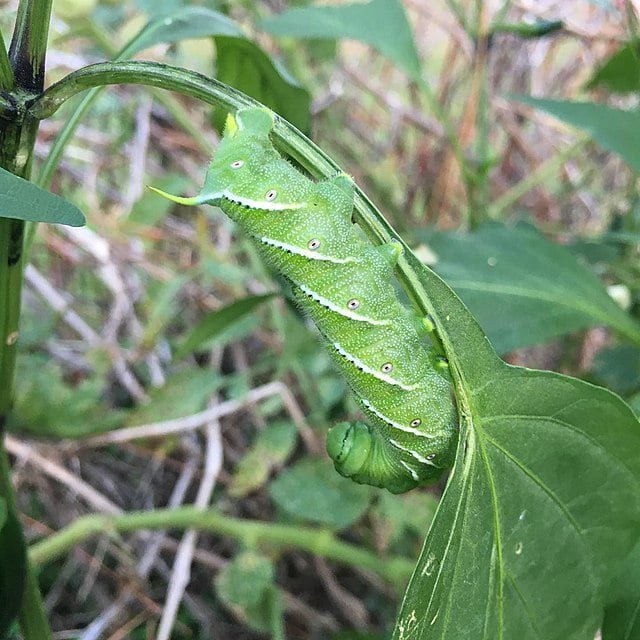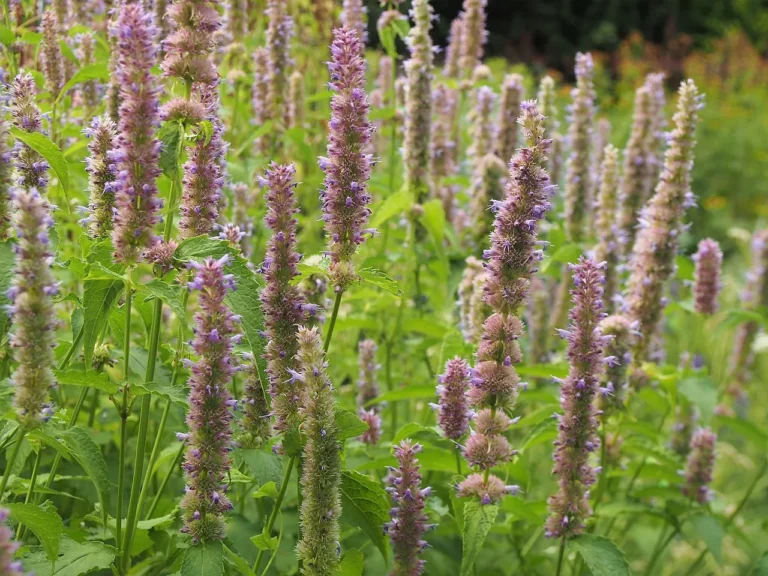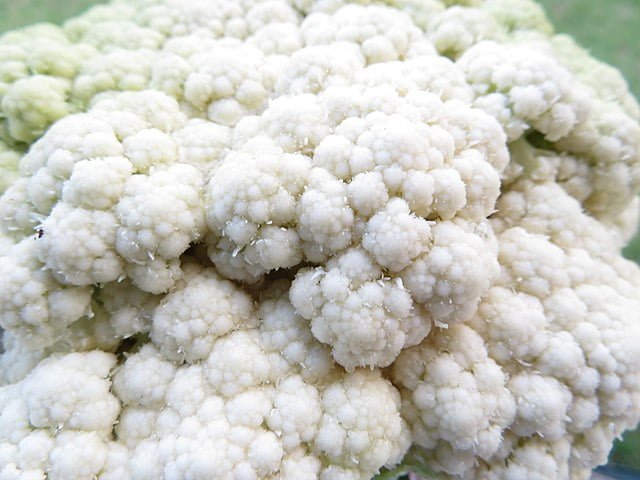Battling Cucumber Beetles: Strategies for Protecting Your Garden
Cucumber beetles are small, colourful insects that can cause significant damage to cucurbits (cucumber, squash, melon, and pumpkin plants) in home gardens. There are two main types of cucumber beetles: the striped cucumber beetle (Acalymma vittatum) and the spotted cucumber beetle (Diabrotica undecimpunctata). Both types not only feed on plants, causing direct damage but also transmit diseases such as bacterial wilt and squash mosaic virus. This article explores effective strategies for managing cucumber beetles and keeping your garden healthy.
Identifying Cucumber Beetles
- Striped Cucumber Beetle: Yellow with three black stripes down its back. It primarily targets cucumber and cantaloupe plants.
- Spotted Cucumber Beetle: Yellow-green with twelve black spots on its back. It has a broader host range, affecting a variety of cucurbits and other garden plants.
Both types of beetles lay eggs in the soil near host plants. The larvae feed on roots and mature plants, while adults consume leaves, flowers, and fruit.
Lifecycle and Impact
Cucumber beetles overwinter in protected areas outside of the garden and emerge in spring to feed and lay eggs. The larvae feed on plant roots, while adults can cause significant damage to foliage, flowers, and young fruit. Beyond physical damage, their role in spreading bacterial wilt can devastate cucurbit crops.
Management Strategies
Effective management of cucumber beetles involves a combination of cultural, physical, and, if necessary, chemical methods:
Cultural Controls
- Crop Rotation: Avoid planting cucurbits in the same location year after year to reduce overwintering populations.
- Timely Planting: Delaying planting until after peak beetle activity can help avoid the first wave of damage.
- Sanitation: Keep the garden free of debris and weeds that can harbor beetles.
Physical and Mechanical Controls
- Row Covers: Use floating row covers to physically exclude beetles from young plants, removing covers when plants start to flower for pollination.
- Hand Picking: Regularly inspect plants and handpick beetles early in the morning when they are less active.
Chemical Controls
- Organic Options: Neem oil and pyrethrin-based insecticides can be effective against cucumber beetles but should be used cautiously to avoid harming beneficial insects.
- Conventional Insecticides: Chemical insecticides may be necessary for severe infestations. Always choose products specifically labeled for cucumber beetles and follow the application guidelines carefully.
Biological Controls
- Beneficial Insects: Encourage or introduce natural predators such as ladybugs, green lacewings, and parasitic wasps that feed on cucumber beetle eggs and larvae.
- Milky Spore Disease: This naturally occurring bacterium (Bacillus popilliae) can be applied to the soil to control larvae, especially for the spotted cucumber beetle.
Preventing Disease Transmission
Because cucumber beetles are vectors for bacterial wilt and other diseases, controlling beetle populations is critical to prevent disease spread. Remove and destroy infected plants immediately to prevent further transmission.
Conclusion
Managing cucumber beetles requires vigilance and a multi-faceted approach. By incorporating cultural practices, physical barriers, and, when necessary, targeted use of insecticides, gardeners can protect their cucurbit crops from damage and disease. With these strategies in place, you can enjoy a bountiful harvest of cucumbers, melons, and squashes, free from the threat of cucumber beetles.







